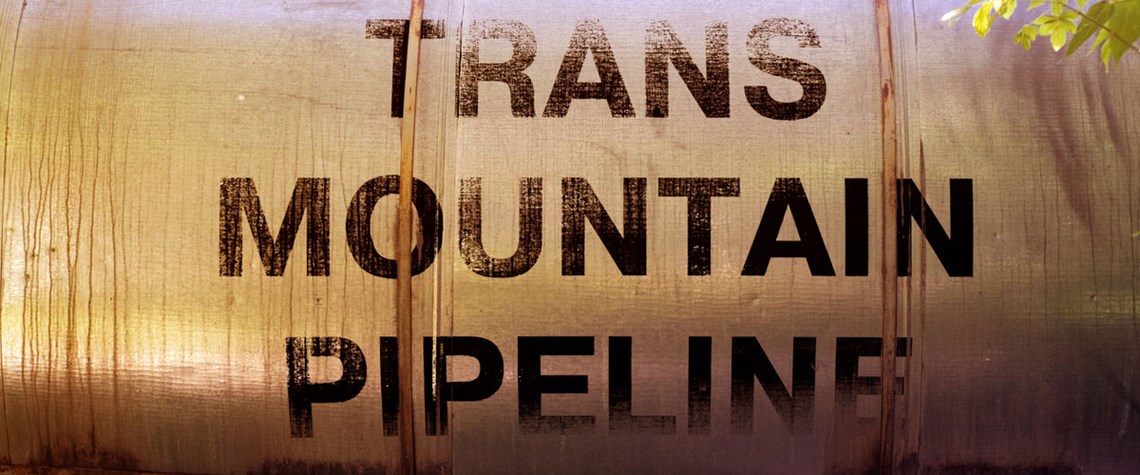Canada wrestles with a produce more/emit less paradox
The requirement to cut the upstream industry’s carbon footprint places a chokehold on growth ambitions
The Canadian oil and gas sector has faced numerous headwinds over the past 15 years or so, many of tsunami intensity. But it has, on the whole, come out the other side stronger—especially in terms of oil production and exports—and more profitable. But its biggest challenge may still be ahead. These headwinds included the 2007-09 global financial crisis; a well-funded and sophisticated environmental campaign against oil sands development; the US shale oil and gas revolution; the 2014-16 oil price slump; federal climate policy and regulatory morass; an exodus of IOCs from the oil sands; the 2018 Western Canadian oil price implosion—due to a lack of egress from the region—and subsequent curtail

Also in this section
24 December 2025
As activity in the US Gulf has stagnated at a lower level, the government is taking steps to encourage fresh exploration and bolster field development work
23 December 2025
The new government has brought stability and security to the country, with the door now open to international investment
23 December 2025
A third wave of LNG supply is coming, and with it a likely oversupply of the fuel by 2028
22 December 2025
Weakening climate resolve in the developed world and rapidly growing demand in developing countries means peak oil is still a long way away







